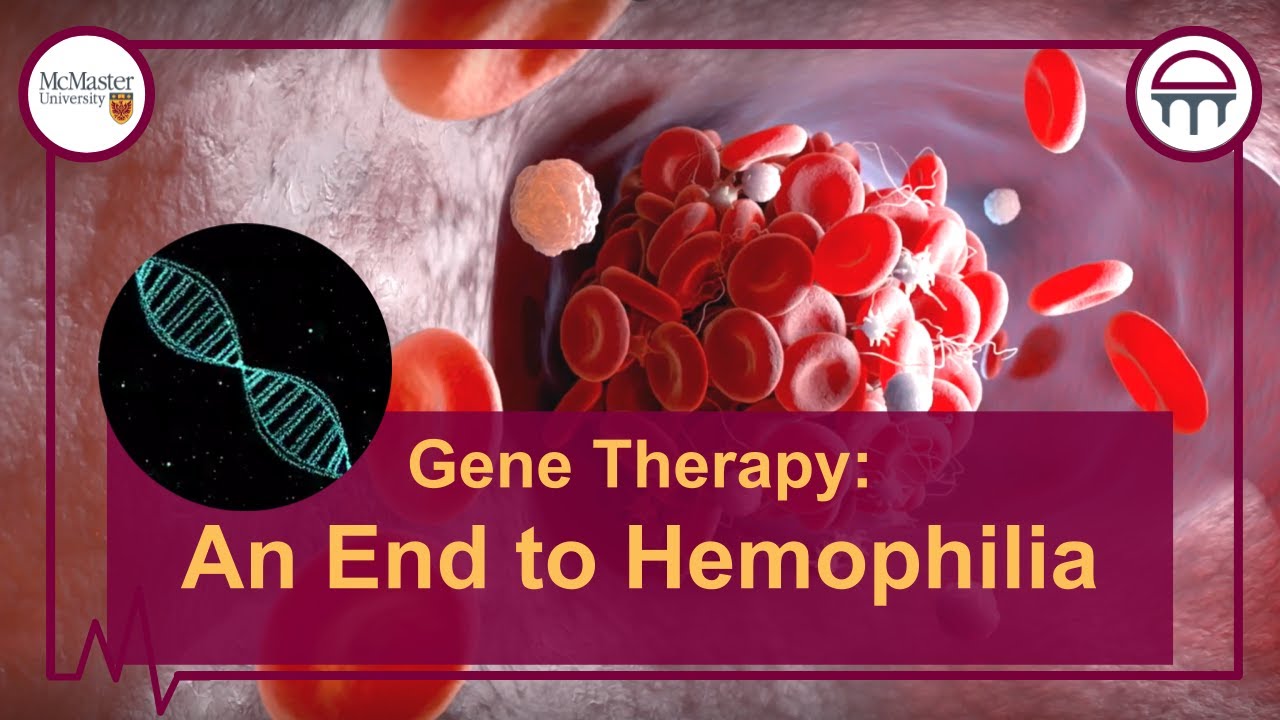What is hemophilia?
Summary
TLDRHemophilia is a genetic bleeding disorder that causes prolonged bleeding due to a lack of clotting factors in the blood. People with hemophilia may experience excessive bleeding from cuts, bruises, or joint pain. There are two types: Hemophilia A (factor 8 deficiency) and Hemophilia B (factor 9 deficiency), which can range from mild to severe. Though it can't be cured, treatments are available to replace the missing factor, helping manage the condition and allowing people to live healthy, active lives. With proper treatment, individuals with hemophilia can prevent complications like joint damage and lead a fulfilling life.
Takeaways
- 😀 Hemophilia is a bleeding disorder that makes blood take longer to clot, leading to prolonged bleeding.
- 😀 Hemophilia is not contagious; it is an inherited condition present from birth and lasts a lifetime.
- 😀 Blood flows through the body in arteries, veins, and capillaries, which are responsible for carrying blood to different parts of the body.
- 😀 When a blood vessel is injured, platelets and clotting factors help form a clot to stop the bleeding.
- 😀 People with hemophilia are missing one of the key clotting factors, either Factor 8 or Factor 9, which results in longer bleeding times.
- 😀 Hemophilia A is when someone is missing Factor 8, and hemophilia B is when someone is missing Factor 9.
- 😀 Hemophilia can vary in severity—mild, moderate, or severe—depending on the level of clotting factor missing.
- 😀 Without regular treatment, people with hemophilia may experience extended bleeding from cuts or even internal bleeds, like joint pain or bruising.
- 😀 If internal bleeds are left untreated, they can lead to long-term problems, such as arthritis at a young age.
- 😀 Treatment options, such as replacing missing clotting factors, can help manage hemophilia effectively and prevent excessive bleeding.
- 😀 With proper treatment, people with hemophilia can live healthy, active lives and pursue their dreams without being hindered by the condition.
Q & A
What is hemophilia?
-Hemophilia is a bleeding disorder where a person's blood doesn't clot properly, causing them to bleed longer than people without the condition.
Can hemophilia be caught from others?
-No, hemophilia is not contagious. It is an inherited condition that you are born with and have for life.
How does hemophilia affect the blood?
-In hemophilia, the blood lacks one of the clotting factors, which are essential for forming a clot. This makes it harder for the blood to stop bleeding when there is a tear or injury.
What are arteries, veins, and capillaries?
-Arteries, veins, and capillaries are types of blood vessels that carry blood throughout the body. Arteries carry blood away from the heart, veins carry blood back to the heart, and capillaries are small vessels where oxygen and nutrients are exchanged.
What role do platelets play in the blood clotting process?
-Platelets gather at the site of an injury and work with other blood components, called clotting factors, to form a clot that stops the bleeding.
What happens when a person has hemophilia?
-A person with hemophilia doesn't have enough of one of the clotting factors needed to form a proper clot, leading to prolonged bleeding after an injury.
What are the two types of hemophilia?
-The two types of hemophilia are Hemophilia A (caused by a deficiency of Factor 8) and Hemophilia B (caused by a deficiency of Factor 9).
What are the potential severity levels of hemophilia?
-Hemophilia can be mild, moderate, or severe, depending on the amount of clotting factor a person has and how much they need for normal clotting.
What are some symptoms of hemophilia besides cuts?
-In addition to cuts, people with hemophilia can experience bleeding inside the body, such as bruising or joint pain, often caused by small capillary tears.
What are the risks of not treating hemophilia-related bleeds?
-If not treated, bleeding inside the body, especially in the joints, can lead to long-term issues like arthritis and permanent damage.
How can hemophilia be managed?
-Hemophilia can be managed with treatments that replace the missing clotting factor. These treatments help blood clot more effectively, allowing individuals to control bleeding and lead a healthy life.
Where can one learn more about hemophilia?
-To learn more about hemophilia, you can visit the official website of World Hemophilia Day at worldhemophiliaday.org.
Outlines

此内容仅限付费用户访问。 请升级后访问。
立即升级Mindmap

此内容仅限付费用户访问。 请升级后访问。
立即升级Keywords

此内容仅限付费用户访问。 请升级后访问。
立即升级Highlights

此内容仅限付费用户访问。 请升级后访问。
立即升级Transcripts

此内容仅限付费用户访问。 请升级后访问。
立即升级5.0 / 5 (0 votes)






